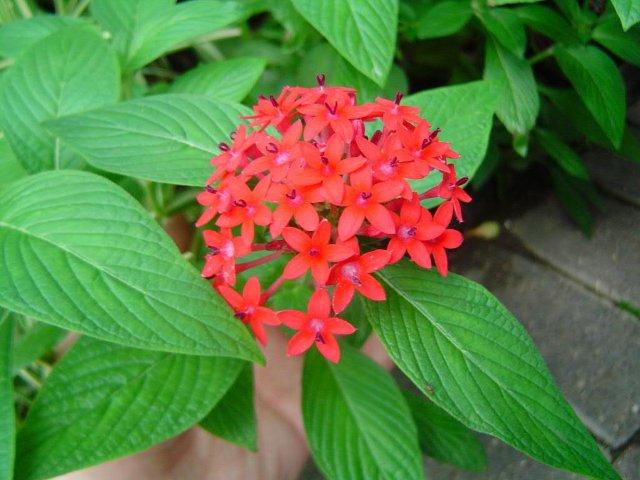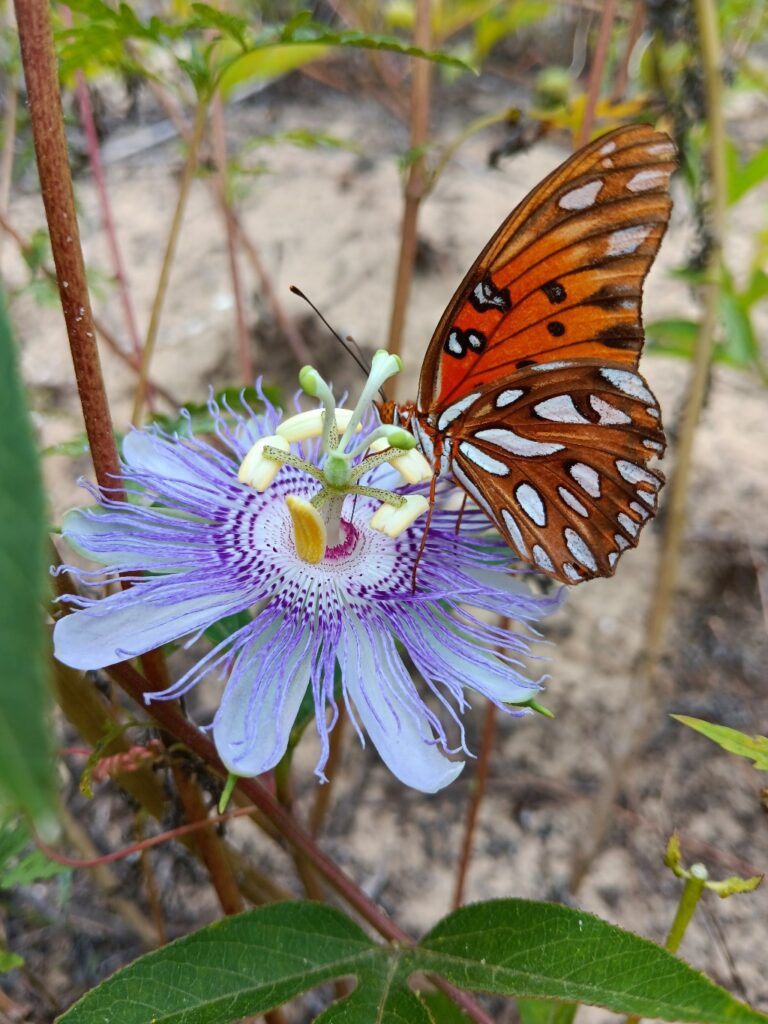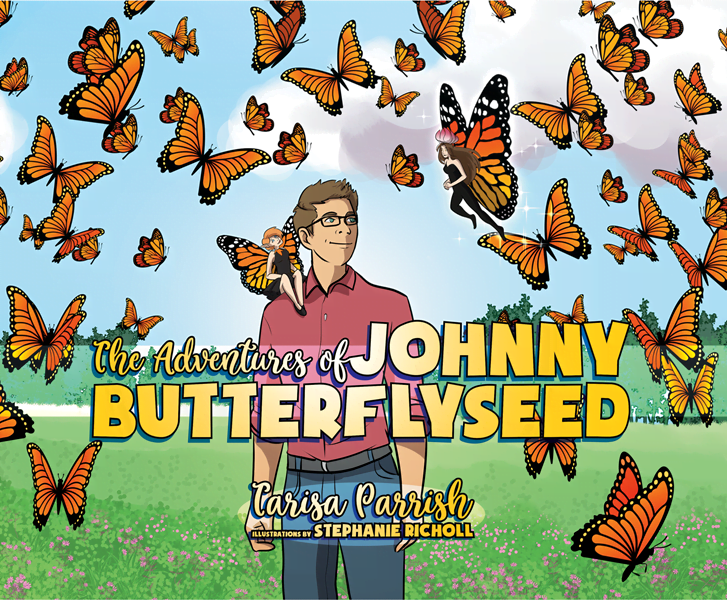The terms “native-friendly plants” and “native plants” refer to different categories of plants based on their origin and suitability for a specific region or ecosystem.
Let’s break down the differences between these two categories:
1. Native Plants
Real native plants are species that naturally occur and have evolved in a specific region over an extended period, usually over thousands of years. They have co-evolved with the local environment, climate, and wildlife, developing unique adaptations that make them well-suited to thrive in that particular ecosystem. These plants play essential roles in supporting local biodiversity, providing food and habitat for native animals, and maintaining ecological balance.
Benefits of Using Native Plants
Ecological value: Real native plants support the local ecosystem and contribute to biodiversity conservation.
Adapted to local conditions: They are well-adapted to the region’s climate, soil, and water availability, making them more resilient to environmental challenges.
Lower maintenance: Once established, native plants often require less water, fertilizer, and pesticides compared to non-native species.
2. Native-Friendly Plants
Native-friendly plants are not necessarily native to the specific region but share characteristics with native plants that make them well-suited for the local environment. These plants might come from regions with similar climatic conditions or have similar growth habits and ecological functions as native plants in the area.
As an example, Pentas are non-native to Florida but are non-invasive, and grow well throughout the state, making Pentas a “Florida Friendly” plant.


10 Florida-Native Maypop Purple Passionvine Seeds (Passiflora Incarnata)
Maypop Purple Passionvine Passiflora Incarnata seeds. Florida Native. 10 or more seeds.
Benefits of using native-friendly plants:
Environmental adaptation: Although not native, these plants can still thrive in local conditions without becoming invasive or causing harm to the ecosystem.
Aesthetic appeal: Native-friendly plants may resemble native species, providing similar visual benefits in landscape design.
However, it’s important to note that native-friendly plants are not the same as true native plants in terms of their ecological impact. While they may serve some purposes in landscaping and beautification, they might not support local wildlife and ecosystems to the same extent as real native plants.
In ecological restoration and conservation efforts, prioritizing real native plants is crucial to maintaining the health and resilience of natural ecosystems. When choosing plants for landscaping or gardening, using a combination of real native plants and native-friendly plants can be a balanced approach that supports both aesthetics and environmental sustainability… one day at a time!

The Adventures of Johnny Butterflyseed – Author Signed First Edition Children’s Book
Save the monarchs!
Johnny Butterflyseed and his fairy friend, Raven Silverwing, embark on a mission to save the rapidly disappearing butterflies. They enlist the help of Queen Venus Goldwing and her kingdom of monarchs to educate and inspire kids to become butterfly farmers. At first, Johnny faces his own internal struggle with self-doubt and fear in his ability to make a difference, but then soon develops a mindset that allows him to not only get started, but also make progress one day at a time. Through challenge after challenge, Johnny learns that he is not alone in his mission and that there are many people who want to help. Together, Johnny, Raven, and Queen Venus educate thousands of children on becoming butterfly farmers.